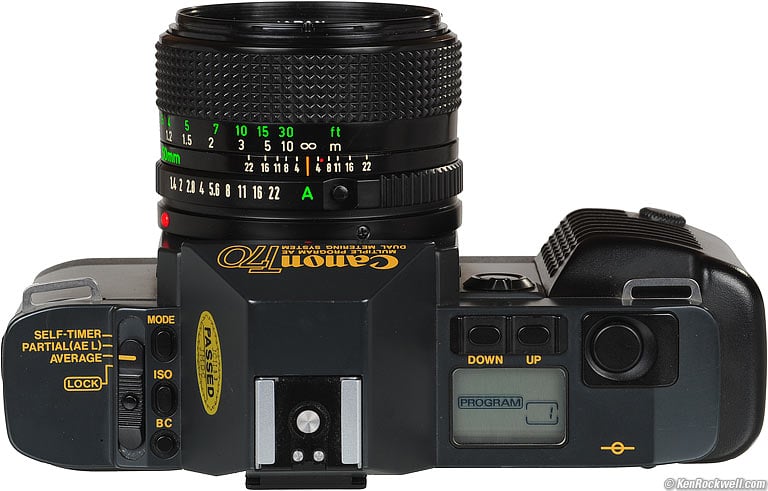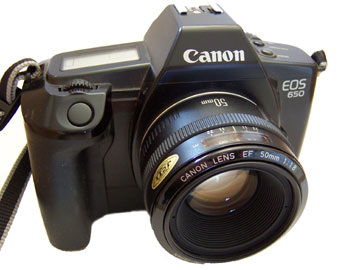I don't know much about STM lens(es) specifically, but if they are what I think they are, then their design and benefits are yet to be full seen on DSLRs.
My understanding of the old type DSLR lenses, is that they're optimised to focus speedily when using CDAF as was the case for DSLRs for an eternity.
Their inherent design is such that they need to be quick to 'hunt' to acquire focus. So for CDAF cameras, this makes sense as in reality the lens is actually hunting to achieve focus so that the camera/lens combo focuses quickly.
PDAF is different tho. The design is such that the AF sensor actually knows which way to turn the lens, so that AF is not done by hunting(the lens), it's achieve with a decisive and direct control communicating to the lens which way to turn and by exactly how much.
non PDAF optimised lenses(ie. any standard af lens type since day one in AF lens history) don't work well in PDAF mode compared to PDAF optimised lenses.
My (admittedly very small) understanding of the STM lens in Canon's line up is that it's PDAF optimised .. hence why it's fast to focus on the 70D.
With all the complexity and annoyances of inaccuracy in CDAF(did someone say D800!

) ... long before EVF replace OVF, PDAF will replace CDAF in DSLRs for many reasons.
I have no idea on how easy it would be for manufacturers to convert current lens types into PDAF optimised versions ..... if at all possible to do.
if this is indeed the case, I'm hoping that Nikon offer some sort of conversion process(like they did for non Ai to Ai) ... don't want to be stuck with a slow focusing lens that won't work well on some future camera that I'll end up with.
I have to admit tho, my only knowledge of the STM lens from Canon was the comparison that DPR did between a 70D+STM lens vs a Sony camera.
The point is: that this videocentric feature(or requirement) will eventually see benefits in that af modules and lenses will not 'hunt for focus' any more and will know exactly which way to focus and by exactly how much.
Sometime we spend to much time talking about the gear we use, than using it...anyone want to meet me on DPReview








 Thanks useful information:
Thanks useful information: 













 Reply With Quote
Reply With Quote

 Threadstarter
Threadstarter

 ) ... long before EVF replace OVF, PDAF will replace CDAF in DSLRs for many reasons.
) ... long before EVF replace OVF, PDAF will replace CDAF in DSLRs for many reasons.







